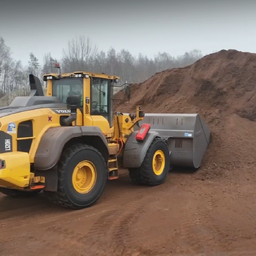Estonia's largest peat production area is located in Pärnu County. 98 percent of Estonia's peat production is horticultural peat. Most of it is exported. Peat producers face a problem because peat is treated as fuel from an environmental emissions perspective.
Jüri Tiidermann, chairman of the Peat Union, says that peat does not disappear immediately at the time of extraction. For example, peat remains in potted plants. The peat industry accounts for 10 percent of Estonia's greenhouse gas emissions. This means that by 2030, emissions must decrease by 10 percent and by 2040 by 50 percent.
According to the Ministry of Climate, the goals are achievable. Deputy Chancellor Kristi Klaas says that the emission reduction targets are reasonable and realistic. According to the Peat Union, based on last year's production, the share of undervalued peat was at least 70 percent.
A study was conducted in Estonia to find out how peat decomposes. The study showed that in the horticultural sector, the period of peat use is short and decomposition is minimal. Professor Ain Kull from the University of Tartu says that the main decomposition of peat occurs during its reuse. Part of the peat never decomposes.
Kull says that the study could serve as a basis for calculating actual carbon emissions. But changing the system is not easy. The ministry is not in a hurry to change anything, but Klaas says that the study provides direction. Tiidermann says that the state should develop the right methodology.

